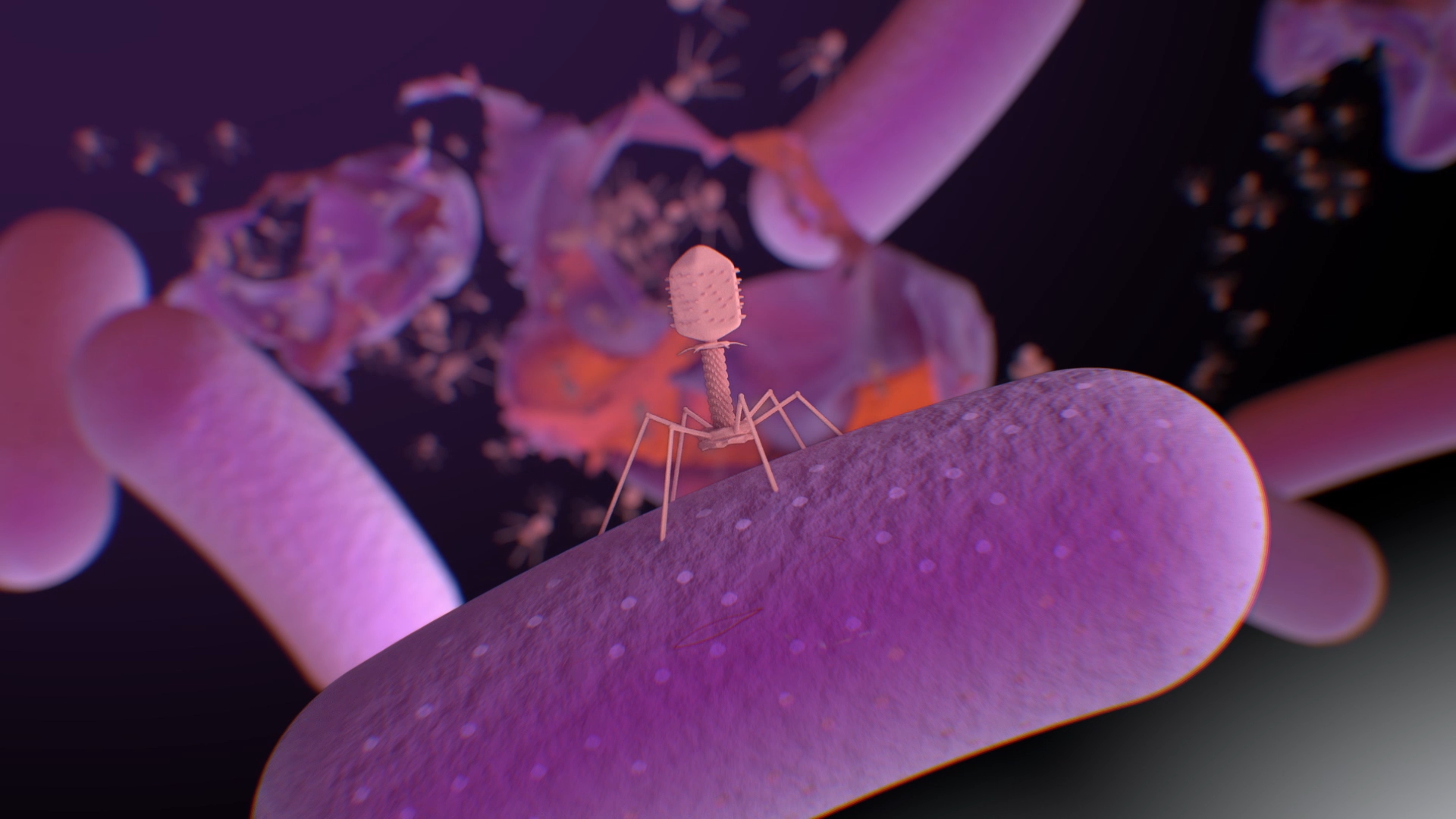Search

Rhinovirus infection is associated with airway epithelial cell necrosis and inflammation via interleukin-1 in young children with cystic fibrosis
Fighting pseudomonas aeruginosa and nontypeable haemophilus influenzae biofilms with host defence peptide as a novel step forward in the treatment of

Diagnosis and early life risk factors for bronchiectasis in cystic fibrosis: a review ABSTRACT Introduction: Lung disease in cystic fibrosis begins

Air trapping in early cystic fibrosis lung disease—Does CT tell the full story? Abstract Introduction: Mosaic attenuation on expiratory chest

Elastase exocytosis by airway neutrophils is associated with early lung damage in children with cystic fibrosis Abstact Rationale: Neutrophils are

Find out how you can get involved with our work at Phage WA.

Here are some of the most common questions about phage, phage therapy and antimicrobial resistance (AMR).
Research
Host Immune Response to ScabiesScabies infection is associated with heightened total IgE immunoglobulin and IgE antibodies to scabies antigens, with both being extremely high for crusted scabies patients. The IgE antibodies cross-react with house dust mite allergens with high reactivity found to the minor allergen arginine kinase.

At The Kids Research Institute Australia, we've been thinking of the kids for 35 years. We are finding the answers to some of the biggest problems facing the health and wellbeing of children and families. Our Research Themes host defined programs of work where the Institute has clear strengths and capacity. Our overarching commitment to First Nations Health and Equity is embedded across all our work and features as a core consideration in each Research Theme. The Institute is committed to ending the disparity in health and wellbeing outcomes between Aboriginal and non-Aboriginal kids and families.
